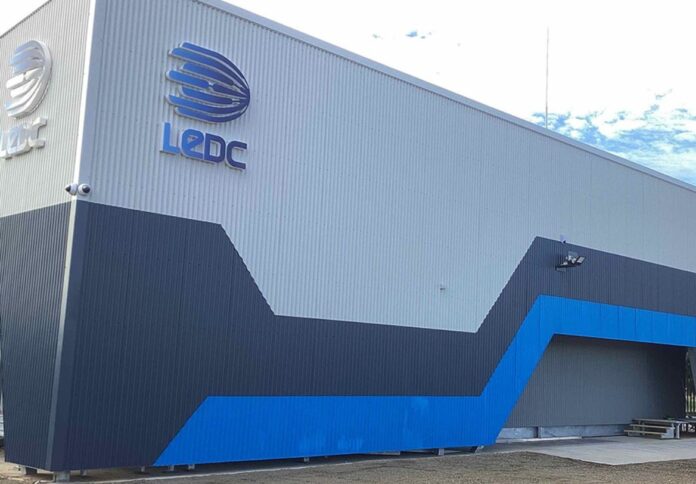
Energy management giant Schneider Electric has backed the new Leading Edge Data Centres (LEDC) in Albury Wodonga, which was launched today to serve enterprises located in the greater Riverina region.
The new data centre is intended to provide regional Australian businesses and communities with greater access to distributed cloud networks through reliable, cost-effective connectivity, reducing network latency while providing continuous power, reliability, and high security.
The facility has been tailored to fit Australian conditions, allowing room for additional environmental protections, Schneider Electric said in a media statement.
LEDC will leverage Schneider Electric’s EcoStruxure IT Expert software, which is designed to deliver proactive insights on critical assets that impact the health and availability of an information technology environment.
“We are excited and privileged to be a partner on this project, allowing Australians in regional areas to access high-speed connectivity and direct cloud fabric. The opening of this new data centre in the Riverina region will provide the digital infrastructure needed for Australians for generations to come,” said Schneider Electric Vice President Segments & Secure Power Joe Craparotta.
LEDC will be part of a highly connected network of data centres across regional New South Wales, delivering connectivity options and greater opportunities for local business growth.
Over $7 million was allocated to equip the centre with new cutting-edge technology that is easily accessible to local businesses.
Schneider said that the new facility will lower the region’s dependency on Sydney’s data centres, directly benefitting a wide range of communities and businesses across Riverina and allowing national enterprise to now reach a regional market that has traditionally been ignored.
Chris Thorpe, chief executive of the new centre, said the facility’s opening is a significant milestone for regional areas, noting that “it is more important than ever before for our metropolitan and regional communities to be digitally connected with equivalent capabilities.”
Image credit: leadingedgedc.com

















